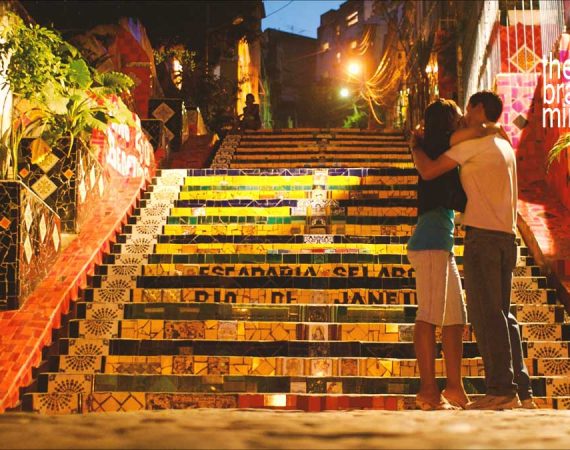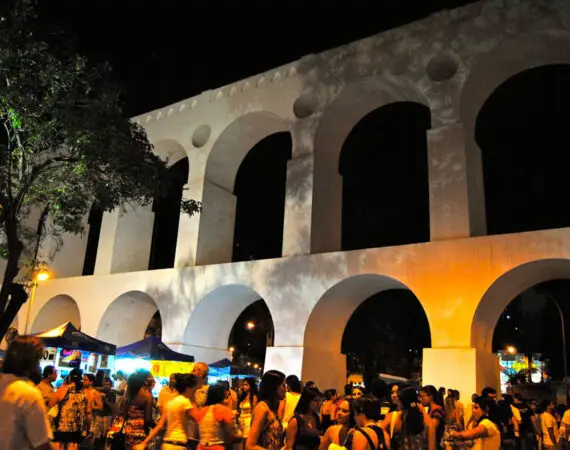Why Hold the WASBE Conference in Rio?
Rio de Janeiro
A destination
and a stage
perfect for major events
When thinking about holding a large international meeting, particularly if this event is related to culture, Rio de Janeiro is the ideal place to provide its participants with unique and memorable experiences. The mere mention of the word “Rio” brings to mind some of the world’s best-known sights and tourist at- tractions and instantly induces an association between unparalleled beauty, an eternally tropical and conducive climate, cultural richness, hospitality and vibrant rhythm and spirit; being practically a synonym for dream destination.
And today, this is combined with a complete, efficient and professional infrastructure, created, tested and approved in some of the biggest global events held this century – such as the 2016 Olympic Games, part of the 2014 World Cup and a long list of shows, congresses and many other meetings, of the most varied sizes and with the most diverse themes.
Rio de Janeiro: city of culture, art and musical vocation
More than a rich sound tradition, Rio de Janeiro has music as a fundamental and defining element in its DNA. As a homeland and a stage that brings togeth- er the greatest talents, a propagator center or muse, the city is where the bass drum of the Brazilian heart has always hit the strongest, marking national steps and beats for jewels ranging from samba and bossa nova to classical music and symphonic. And, in the case of bands, this connection is, let’s say, umbilical.
Rio, in addition to being a beach and party city, is also a cosmopolitan city, with the integration of different arts in world-renowned spaces. Home to 5 large professional symphony orchestras, an opera and ballet theater, dozens of young orchestras, hundreds of amateur wind bands, as well as academic symphonic bands and military symphonic bands of excellent technical and musical level. It also has dozens of universities, 3 of which are public universities teaching music, and one of them, the Federal University of Rio de Janeiro, has the oldest School of Music in Brazil.
Wind bands have always been prominent in Rio cultural life. It was precisely in the State of Rio de Janeiro that the first bands emerged in Brazil, and it was in the city of Rio that they gained shape and vigor. Some of the most important Brazilian composers were born and performed in Rio, such as Anacleto de Medeiros, Pixinguinha, Villa-Lobos, and were fundamental to the musical development of the city and Brazil. For more than 200 years, records of bands’ performances have reinforced the city’s striking characteristic.












